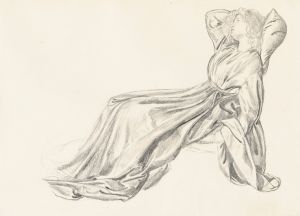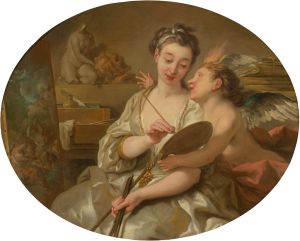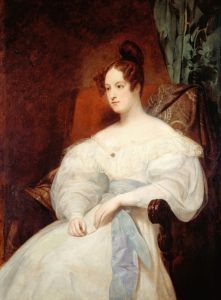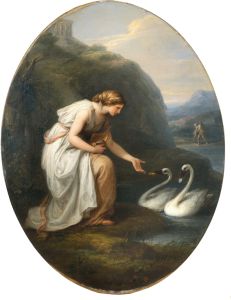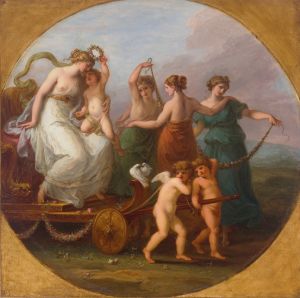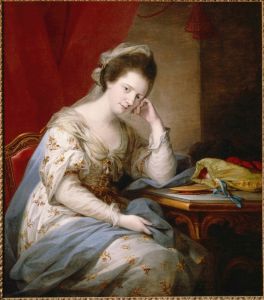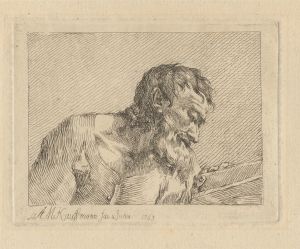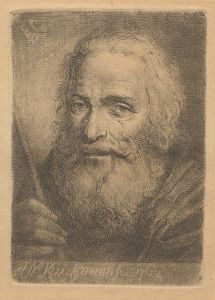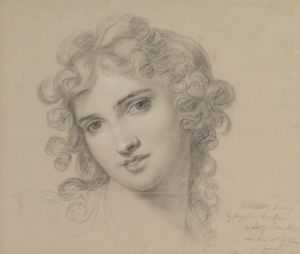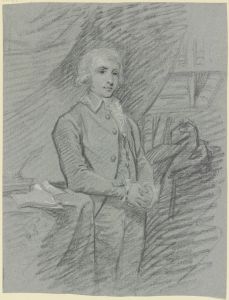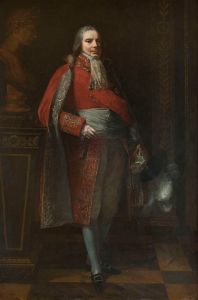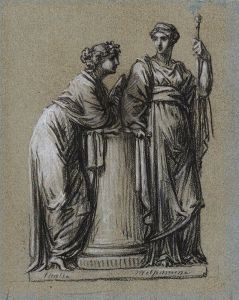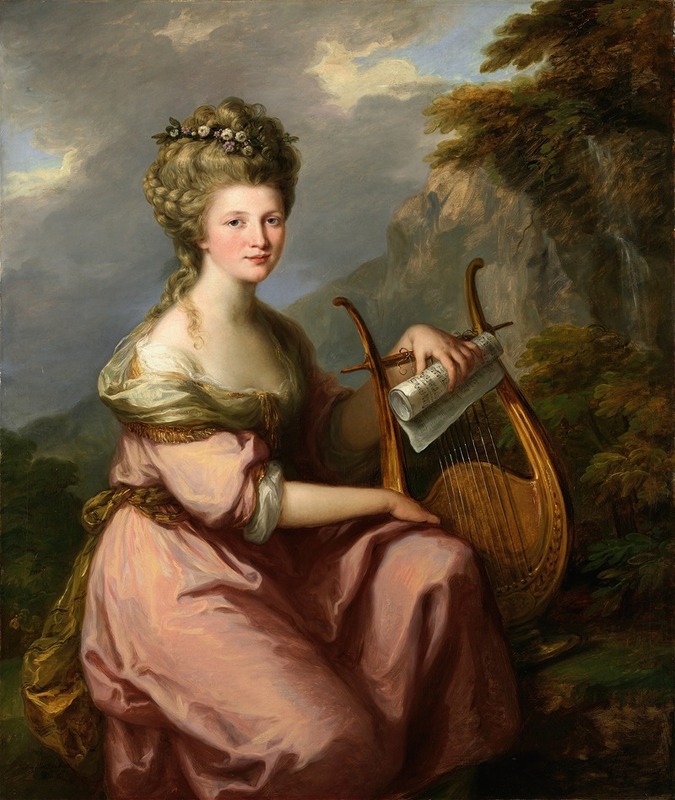
Portrait of Sarah Harrop as a Muse
A hand-painted replica of Angelica Kauffmann’s masterpiece Portrait of Sarah Harrop as a Muse, meticulously crafted by professional artists to capture the true essence of the original. Each piece is created with museum-quality canvas and rare mineral pigments, carefully painted by experienced artists with delicate brushstrokes and rich, layered colors to perfectly recreate the texture of the original artwork. Unlike machine-printed reproductions, this hand-painted version brings the painting to life, infused with the artist’s emotions and skill in every stroke. Whether for personal collection or home decoration, it instantly elevates the artistic atmosphere of any space.
Angelica Kauffman’s Portrait of Sarah Harrop as a Muse is a notable example of 18th-century portraiture by one of the most prominent female artists of the period. Angelica Kauffman (1741–1807) was a Swiss-born painter who gained widespread recognition for her work in both history painting and portraiture. She was a founding member of the Royal Academy of Arts in London, one of only two women to achieve this distinction during the institution's early years.
The painting depicts Sarah Harrop, a celebrated English mezzo-soprano of the late 18th century, who later became Sarah Bates after her marriage to the musician and composer Joah Bates. In this portrait, Kauffman presents Harrop in the guise of a muse, a classical figure associated with inspiration in the arts and literature. This artistic choice reflects the neoclassical style that Kauffman often employed, characterized by its emphasis on classical themes, idealized forms, and a sense of timeless elegance.
Kauffman’s portrayal of Harrop emphasizes her role as a figure of artistic inspiration, aligning with the neoclassical tradition of elevating contemporary individuals by associating them with classical ideals. The painting likely served to celebrate Harrop’s musical talent and cultural significance during her time. Kauffman’s skillful use of soft colors, delicate brushwork, and attention to detail highlights both the sitter’s physical beauty and her intellectual and artistic stature.
The exact date of the painting is not definitively recorded, but it is believed to have been created during the height of Kauffman’s career in England, where she worked between 1766 and 1781. During this period, Kauffman was highly sought after for her portraits of prominent figures in society, including artists, musicians, and aristocrats.
The painting is an example of Kauffman’s ability to blend portraiture with allegorical and classical elements, a hallmark of her style. By portraying Sarah Harrop as a muse, Kauffman not only immortalized her subject but also reinforced the cultural ideals of the Enlightenment, which celebrated the arts and intellectual achievement.
The current location of Portrait of Sarah Harrop as a Muse is not widely documented, and further details about the painting’s provenance or exhibition history remain limited. However, it remains an important work in understanding Kauffman’s artistic contributions and her role in shaping the visual culture of her time.






